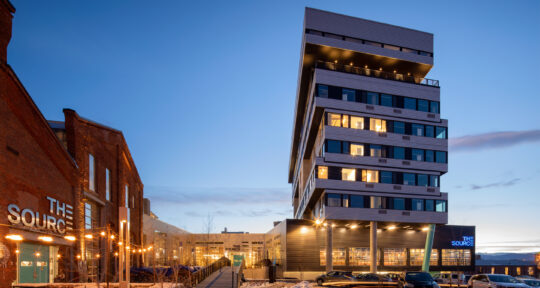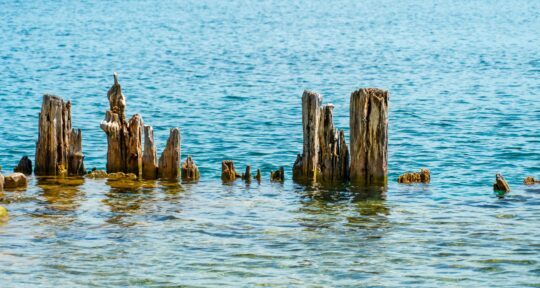End to end, Michigan’s Upper Peninsula spans roughly 310 miles. This hitchhiker’s thumb of land is heavily forested and touches three of the five Great Lakes. Tourism has replaced mining as one of the major industries in the U.P.—or “Yoop,” as it’s affectionately known—and the best way to plan a trip is to break this vast landscape into regions. Where the western U.P. features forests and waterfalls, the eastern region holds the beguiling Mackinac Island, Michigan’s oldest city, the Soo Locks, and a spectacular waterfall of its own.
Here are 5 of the best stops on a road trip through the eastern Upper Peninsula of Michigan.
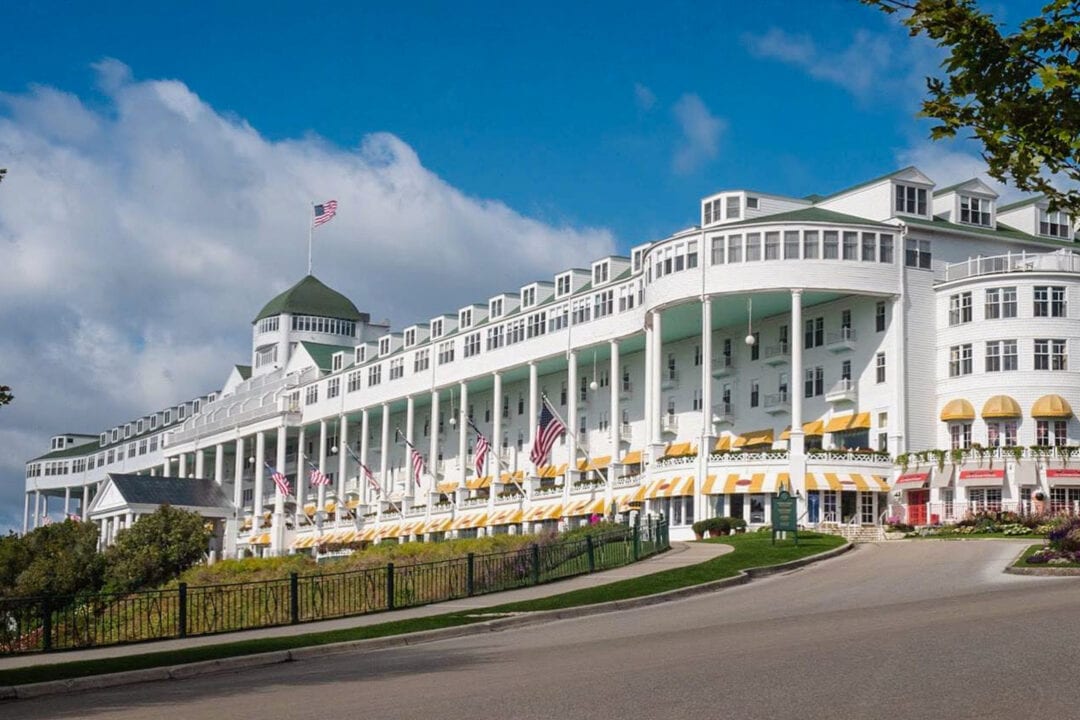

1. Mackinac Island
A visit to the eastern U.P. would be incomplete without two things: a drive across the Mackinac Bridge—which you must do to get there from mainland Michigan—and a visit to Mackinac Island. First, the bridge, which spans nearly 5 miles, is an unforgettable experience. Once you cross, stop at the Straits State Park scenic outlook for a great selfie with the bridge. While Mackinac Island (pronounced Macki-NAW) isn’t technically part of the U.P., a stop here is a must; to get to the mostly car-free island, take a 20-minute ferry ride from St. Ignace or Mackinaw City. If you’ve got your bike, bring it, because two wheels are the best way to see the island.
Bike the 8-mile perimeter of the island, then ride into the center to visit Mackinac Island State Park, which occupies 82 percent of the island and features plenty of walking trails. Be sure to indulge in what really makes Mackinac famous: fudge. There are 13 fudge shops on the island, so bring your sweet tooth for flavors like butter pecan and turtle. Stop at the Grand Hotel for a peek at the world’s longest front porch. Most famous as the setting for the 1980 Christopher Reeve movie Somewhere in Time, the hotel’s Cupola Bar has a more relaxed dress code than the formal dining room.
The couple behind Michigan’s Wacky Taxidermy and Miniatures Museum wants to keep Mackinaw City weird
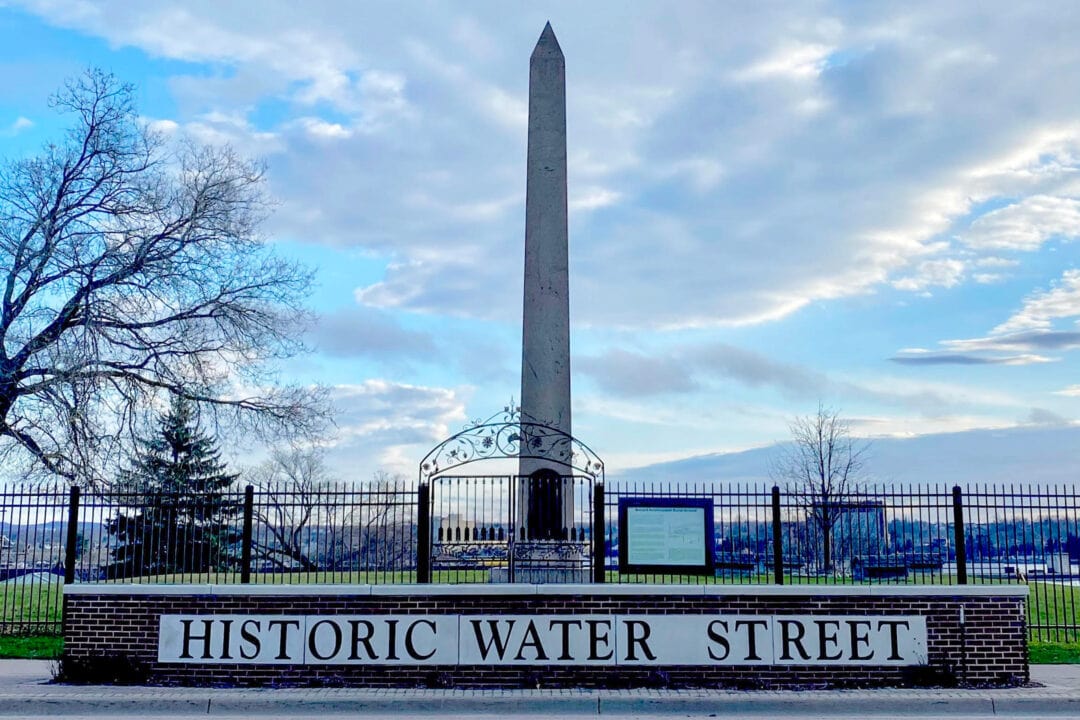

2. Soo Locks
Back in the U.P., head north out of St. Ignace toward Sault St. Marie—pronounced “Soo” Saint Marie—Michigan’s oldest city, founded by the French in 1668. Just across the St. Mary’s River from the town of around 14,000 is the Canadian side of Sault Ste. Marie, and the two cities are connected via the International Bridge. The St. Mary’s River is the only thruway between Lake Superior and the rest of the Great Lakes. A 21-foot waterfall, known as St. Mary’s Rapids, prevented ships from traversing the river between the lakes until the world-famous Soo Locks began operating in 1855.
A National Historic Site since 1966, the locks accommodate 7,000 to 10,000 ships per year, traveling from Lake Superior to the lower Great Lakes and back. Using valves and gravity to control water levels, the locks lift and lower gigantic cargo ships the necessary 21 feet, inch by inch. You can watch the ships rise and fall from the viewing area’s observation decks in Soo Locks Park, or experience the locks for yourself. Both the Famous Soo Locks Boat Tours and Original Soo Locks Boat Tours offer visitors a 90-minute trip through the locks from mid-May through mid-October. Historic Water Street features more than 30 interpretive panels describing the area’s history, and W. Portage Avenue is lined with shops and restaurants.
If you’re traveling by RV, you can’t find a better location to stay the night than the Soo Locks Campground, with most sites offering views of the St. Mary’s River and the locks. The campground features hookups, WiFi, laundry, and showers, among other amenities.
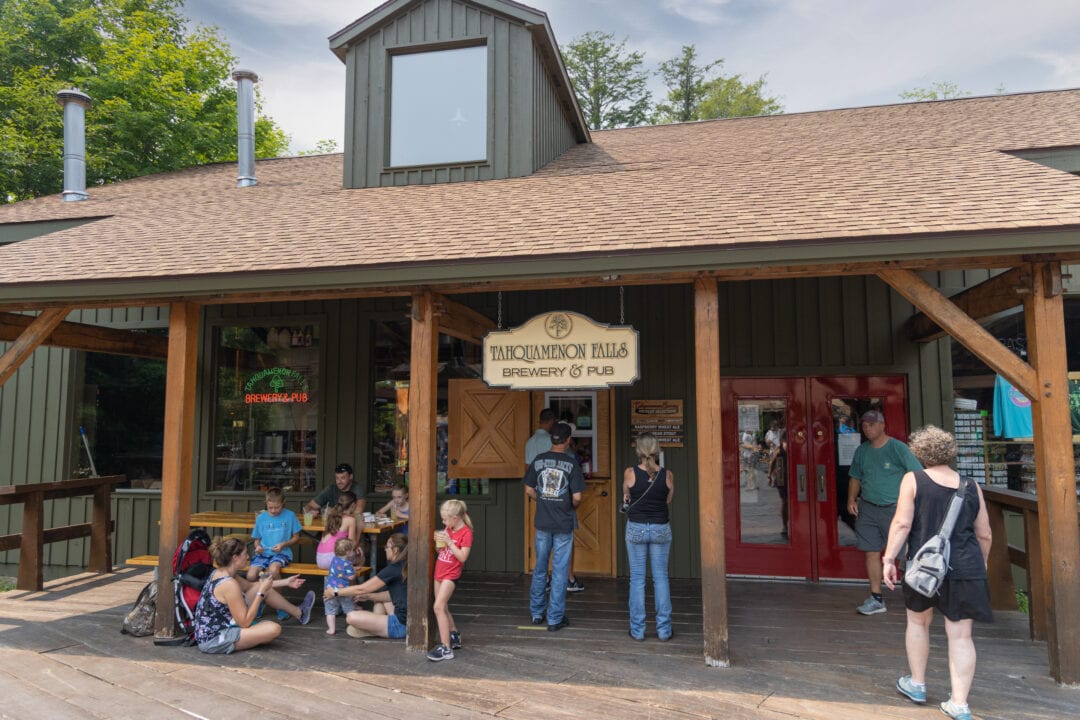

3. Tahquamenon State Park
There are more than 300 waterfalls in Michigan, and all but one of them is in the Upper Peninsula. The largest, and arguably most spectacular, is Tahquamenon Falls, about 75 miles northwest of Sault Ste. Marie. Contained within Tahquamenon State Park, the falls actually consist of two separate portions, the Upper and Lower Falls. The Upper Falls, about 200 feet across, is the largest waterfall east of the Mississippi, and cascades down nearly 50 feet into the Tahquamenon River. A viewing platform lets visitors get an up-close view.
Four miles downriver are the Lower Falls, five smaller waterfalls that cascade around a small island. If you’re game, the best way to see the Lower Falls is in a rowboat, which you can rent from the park concessionaire. Row to the island for a view of the south channel, and then reward yourself with a visit to Michigan’s only brewery within a state park, Tahquamenon Falls Brewing Company. The state park also features more than 35 miles of trails and the chance to spot wildlife, including otters, deer, foxes, porcupines, and beavers.
Tahquamenon Falls Lower–Falls Modern Campground is your best bet for staying in the area. All sites have hookups, and the Portage campground loop features and ADA-accessible toilet.
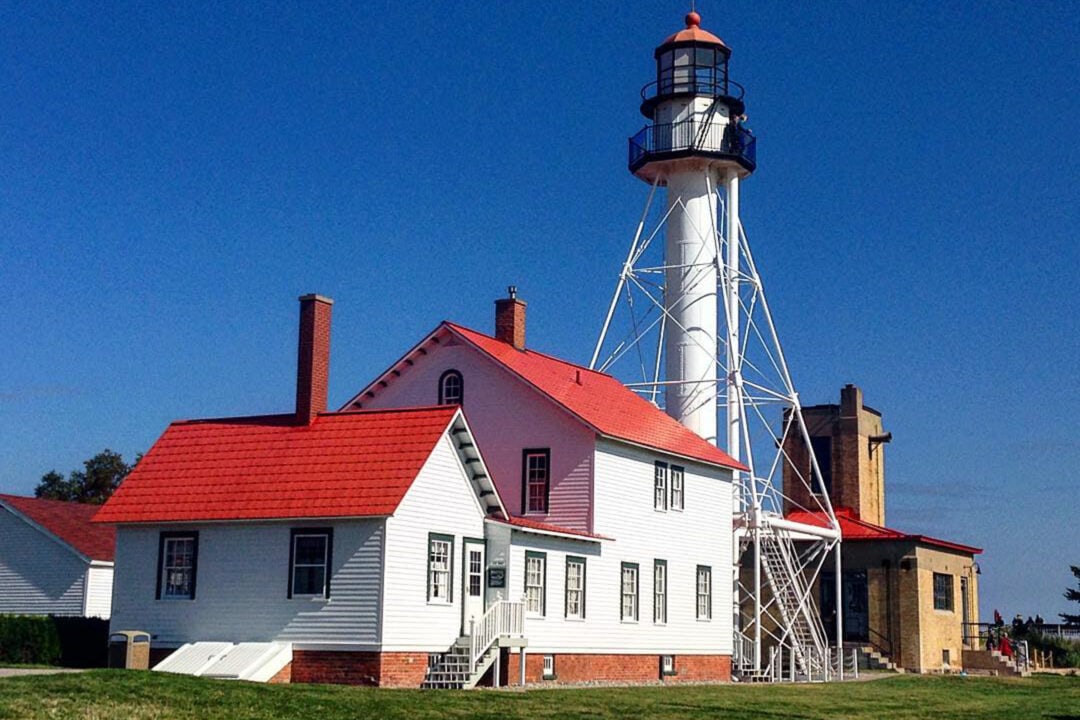

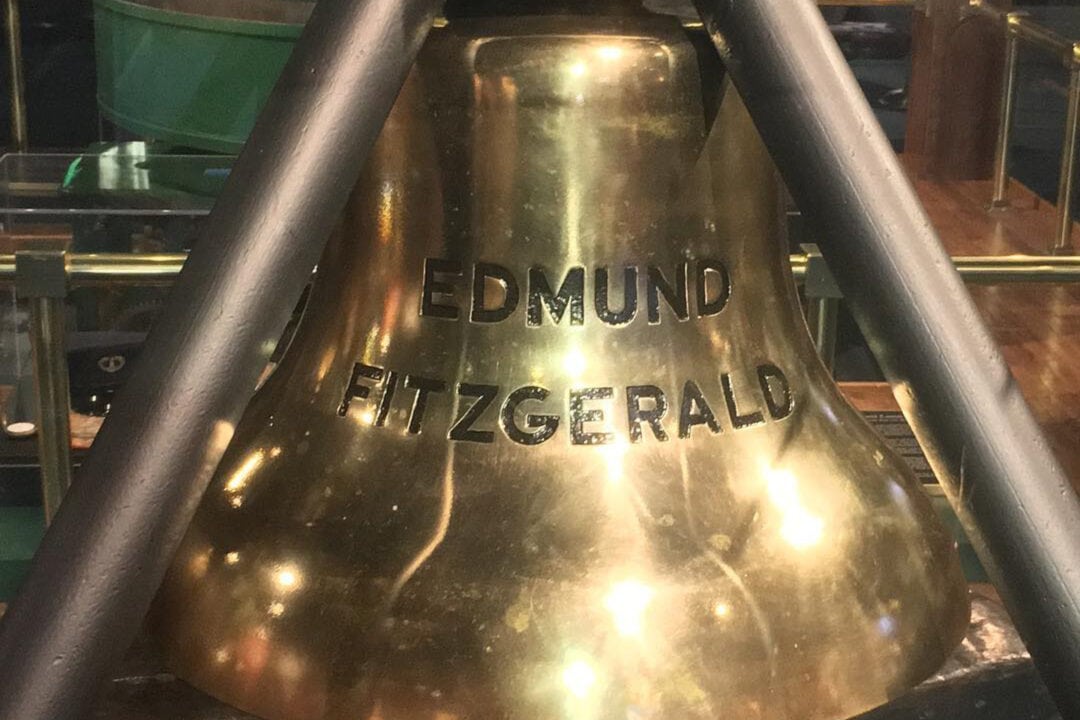

4. Great Lakes Shipwreck Museum
Most have heard the tale of the Edmund Fitzgerald, if only from the famous 1976 song by folk singer Gordon Lightfoot. When it launched in 1958, the Edmund Fitzgerald was the largest ship on the Great Lakes and remains the largest to have sunk there. During a November storm in 1975, the freighter, with its entire crew of 29 men, went down 17 miles outside of Whitefish Point in 530-feet-deep water.
Opened in 1985, the Great Lakes Shipwreck Museum in Whitefish Point immortalizes not only the Edmund Fitzgerald, but also the hundreds of other ships to fall victim to Lake Superior’s “Shipwreck Coast.” Exhibits include artifacts from wrecks—including the Edmund Fitzgerald’s bell, salvaged in 1995—as well as the Lightkeeper’s Quarters, built in 1861. Inside the fully-restored lighthouse, you’ll find period furnishings, descriptive panels, and more artifacts from the time period. There’s also a restored surfboat house on the grounds, built to house a hand-pulled, non-motorized boat that could launch quickly into the raging surf to conduct rescue operations. A replica of an actual surfboat, equipped for launch can be found in the museum as well.


5. Whitefish Point Bird Observatory
Before you leave Whitefish Point, stop at the Whitefish Point Bird Observatory, which sits at the edge of the Whitefish Point Unit of the Seney National Wildlife Refuge. The area is a hot spot for migrating birds, thousands of which pass through each spring and fall. Designated a Globally Important Bird Area, more than 340 species have been recorded here; bring your binoculars, but note that the area is quite exposed, so you’ll want to plan for the weather, which can change quickly. The Seney National Wildlife Refuge itself is in the central-eastern portion of the U.P. Birders who visit this nearly 100,000-acre refuge can expect to see trumpeter swans, loons, osprey, sandhill cranes, and bald eagles, among the hundreds of other species that either live in or travel through this important migratory area.

